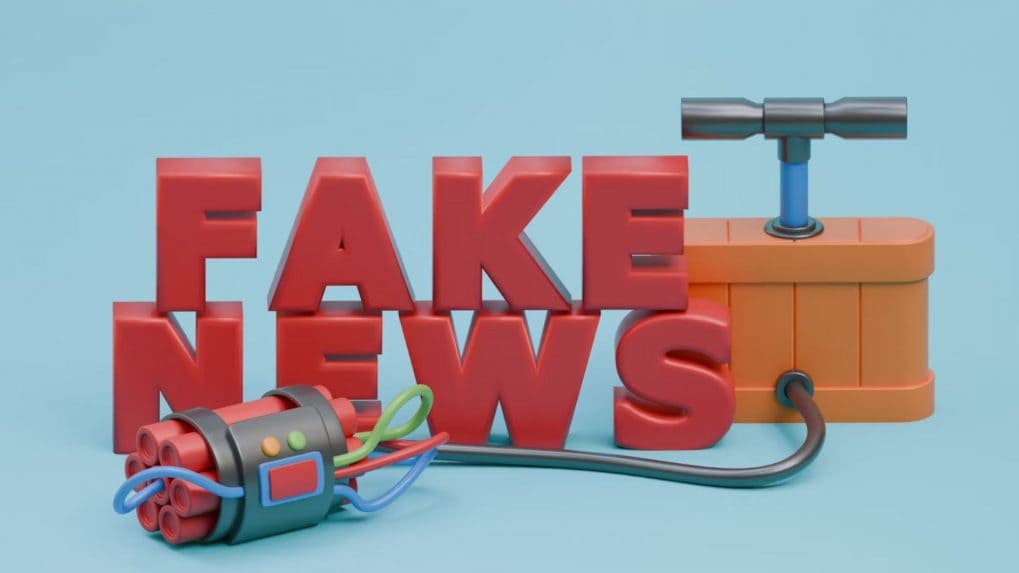“Fountainhead of misinformation”: Karnataka HC slams social media algorithms behind fake news
The bench observed that the spread of fake news has been “characterized as a social problem creating negative externalities by threatening the ability of the public to trust legitimate news outlets and traditional journalism to preserve democratic institutions.”
ADVERTISEMENT
The Karnataka High Court has issued strong observations on the growing menace of fake news and misinformation on social media, describing it as a grave threat to public trust, social harmony, and democratic institutions. The detailed judgement in X Corp vs Union of India emphasizes on regulating social media platforms.
The Karnataka High Court on September 24 had ruled that X Corp, formerly Twitter, being a foreign entity cannot challenge Indian laws regulating social media here invoking Article 19 of the Constitution of India.
Justice M Nagaprassana in the order noted that while social media was once hailed as a transformative tool of communication and information-sharing, it has increasingly turned into a “fountainhead of misinformation, disinformation and malice.” Borrowing from a study titled The Menace of Fake News in the Rise in the Use of Social Media, the court remarked that platforms which once promised enlightenment have instead become “stages of falsehood.”
Justice Nagaprassana in his 351 page judgement drew attention to the real-world consequences of such unchecked misinformation. It recalled how mob lynchings had been triggered by viral rumours about child kidnappers circulated on WhatsApp and Facebook.
Similarly, communal tensions had been sparked by fabricated hate speech targeting specific groups. During demonetisation in 2016, public panic spread when false messages claimed that new currency notes carried microchips for tracking.
The court also referred to COVID-19 disinformation, pointing out that messages had circulated dismissing the pandemic as a hoax, encouraging people to defy lockdown measures, and spreading unfounded fears about vaccines being unsafe.
The bench observed that the spread of fake news has been “characterized as a social problem creating negative externalities by threatening the ability of the public to trust legitimate news outlets and traditional journalism to preserve democratic institutions.”
It went on to pose a series of critical questions for society at large: How do people so readily believe short messages, videos or audio clips that arrive on their phones without any credible source to back them? Why do individuals fail to verify the validity of such information when technology makes verification so easy? And why is fake news not reported but instead forwarded, thereby magnifying the problem?
On Regulation and Free Speech
The court stressed that while social media has opened new avenues of communication, it has also become fertile ground for threats, intimidation, and crimes. The bench insisted that regulation of social media was not optional but a solemn necessity. If left unchecked, misuse of these platforms could wreak untold havoc, particularly upon vulnerable groups such as women, who too often become its targets. While affirming the importance of freedom of speech, the order made it clear that such liberty cannot be weaponised. “In the guise of free speech, menace cannot be allowed to fester and spread,” the bench cautioned.
The court also rejected any comparison with the TAKE IT DOWN Act of the United States. It pointed out that Indian laws such as the Information Technology Act are “homegrown” and cannot be assessed through the lens of foreign statutes. “What happens to the TAKE IT DOWN Act in the United States of America can have no bearing on the laws of the nation,” the order noted, adding that platforms cannot choose to obey every law in the US while refusing to comply with statutes in India.
The Debate on Algorithms
During the proceedings, the petitioner argued that social media platforms are machine-driven and artificial intelligence powered, with no human hand involved. It was claimed that users alone created content and posted it on the platform, and that the system operated in an automated fashion. The Solicitor General, however, strongly refuted this argument, contending that algorithms are conceived, designed and trained by human beings. The court agreed, observing that algorithms, though often presented as neutral mathematical systems, are in reality extensions of human judgment encoded in mathematical form.
The bench explained that algorithms determine what news appears on social media feeds. A post that may be buried several hundred places down can suddenly rise to the top if it attracts initial traction in the form of likes or shares. As engagement increases, the algorithm accelerates its visibility, allowing unlawful, defamatory or harmful content to rapidly gain prominence.
“Every line of the code is part of the creation of its creator. The algorithms are not independent actors; they are human imprints,” the order stated, pointing out that engineers, policymakers and managers all play a role in shaping the data and outcomes.
Rejecting the submission that platforms cannot be regulated because they are machine-driven, the court stressed that legal systems must insist upon transparency, explainability and human responsibility. From conception to coding, training and development, the human hand is present in every stage of an algorithm. “Algorithms may be the new order of the day, but the constitutional demand is old. Power, whether human or digital, must remain accountable,” the bench concluded.
Read More: Parliamentary Panel to review media laws, fake news challenges on September 24

